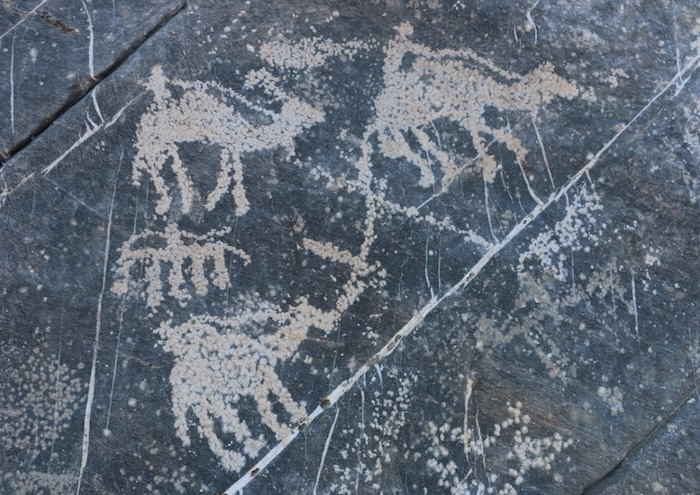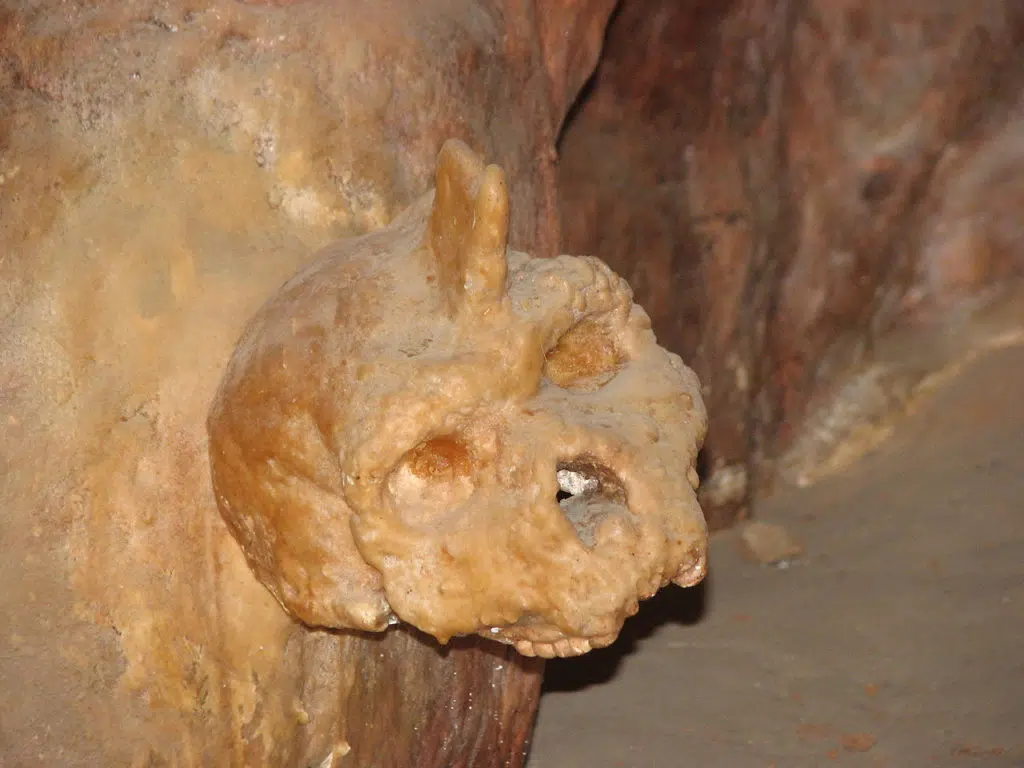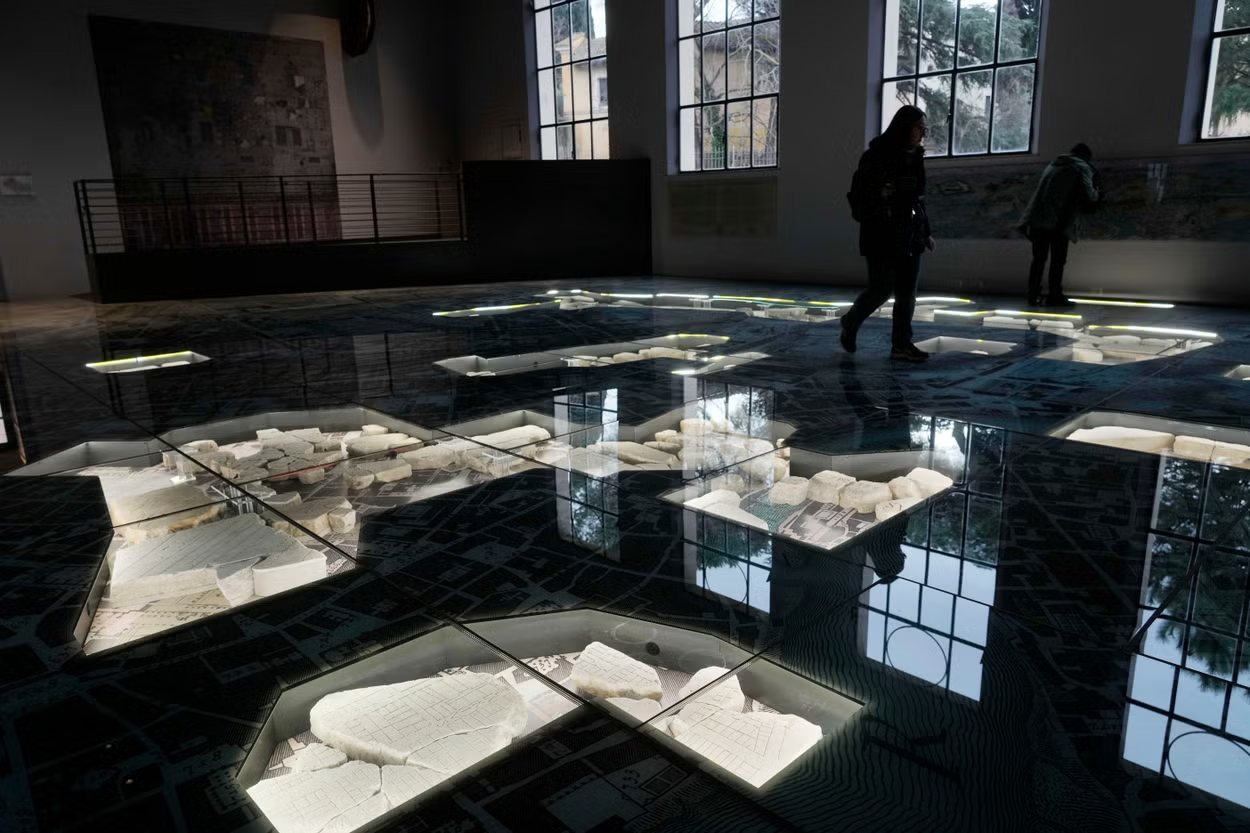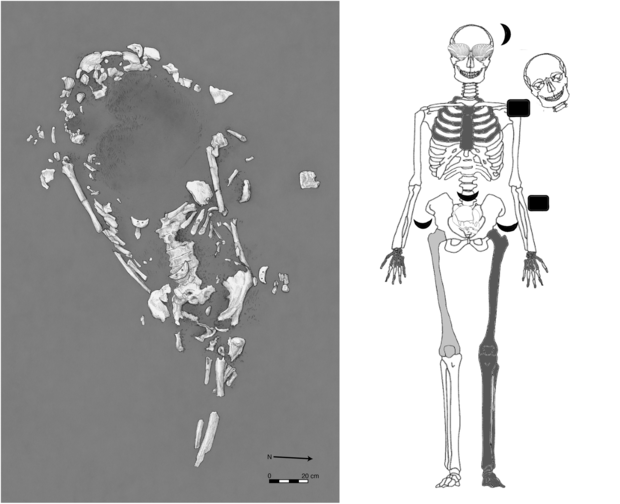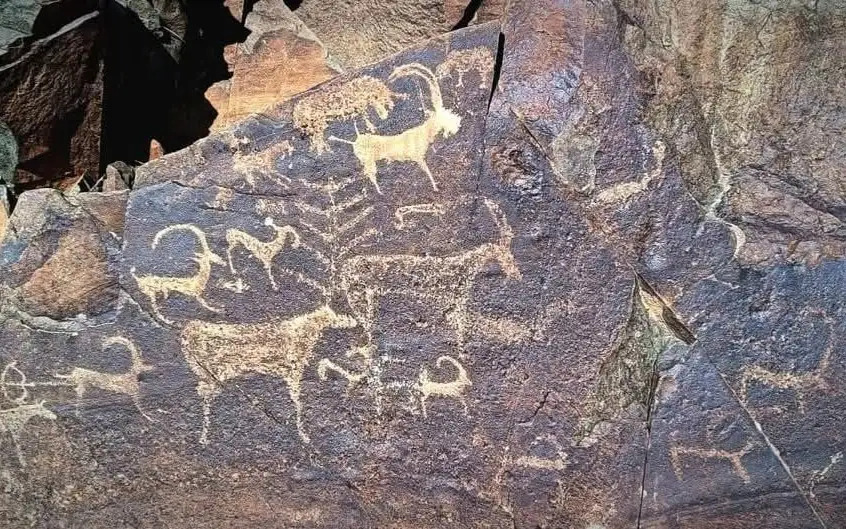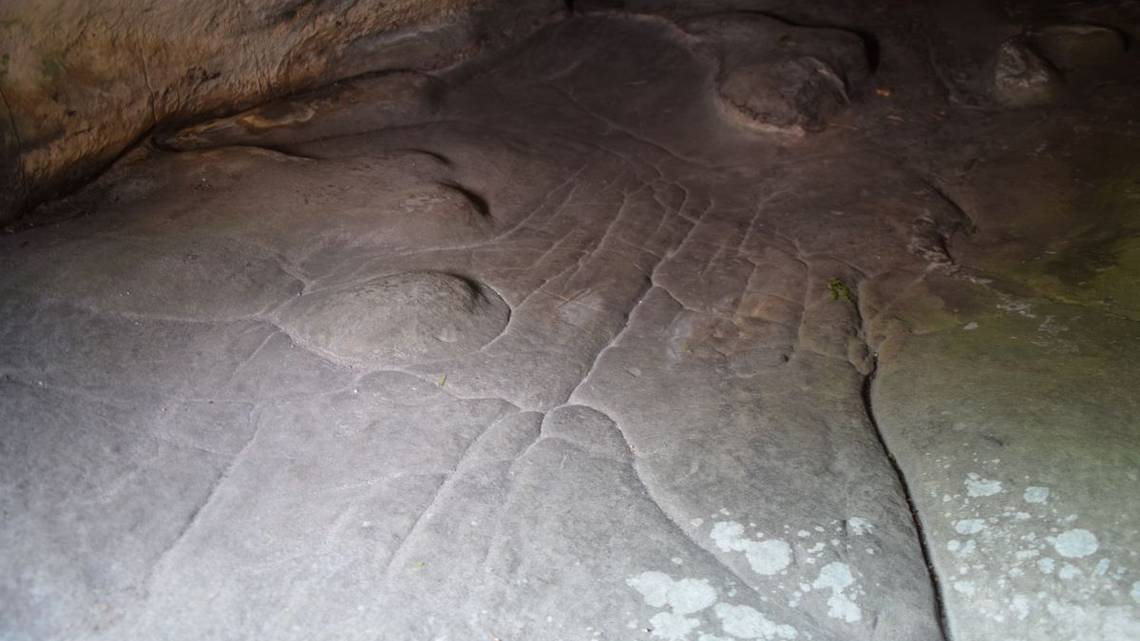Rock Art Across Oman’s Landscape
Oman’s rich history is etched in its rock formations, with rock art widely found across its diverse landscapes. These ancient carvings are especially concentrated in mountainous regions, spanning from Musandam in the north to Dhofar in the south. Researchers identify two distinct artistic traditions: one in the Al Hajar Mountains, extending from Musandam to Jabal Qahwan, and another in the Dhofar mountain range.
Distinctive Artistic Techniques
Experts note that the northern school primarily used techniques such as hammering or engraving directly onto rock surfaces, whereas the southern school favored single-line drawings, often incorporating color. These stylistic differences suggest varying artistic traditions influenced by regional cultures.
Dr. Saif bin Yousef Al Aghbari observes intriguing linguistic elements within these carvings. Some engravings in Jalan feature South Arabian script, while others in Samad Al-Shan display southern Musnad characters. A significant discovery by Dr. Nasser Al-Jahouri in Wadi Al-Jafr closely resembles the Shanna inscription, hinting at an ancient Arabic alphabet predating the script that emerged with Islam.
Documenting Ancient Lifestyles
Early civilizations meticulously recorded their lives through rock drawings, depicting battle scenes, hunting tools, and wildlife. Weapons such as swords, spears, and shields frequently appear in these carvings, along with scenes of dueling horsemen, similar to those found in Yemen’s Wadi Hadhramaut. Additionally, ancient symbols such as stars, snakes, and ibexes suggest religious or cultural significance.
While pictorial rock art is abundant, written inscriptions are relatively rare, likely due to the later emergence of the Arabic alphabet. Some rock inscriptions dating back about two centuries document political, economic, and social events.
Techniques Behind the Art
The creation of rock art involved various methods, reflecting both artistic skill and available tools:
Hammering: Using repeated strikes with stone tools to shape images.
Scratching: Rubbing rock surfaces with hard stones or iron tools.
Dotting: Arranging dots in close proximity to form lines and figures.
Incising: Cutting shallow continuous lines onto rock surfaces.
Coloring: Applying natural pigments like ochre, lime, and charcoal, particularly in Bronze Age artworks.
These techniques evolved alongside cultural and environmental shifts, contributing to two primary artistic styles:
Ideal or Symbolic Style: An early form characterized by abstract symbols, often associated with hunter-gatherer societies.
Realistic or Natural Style: A later development depicting lifelike subjects, emerging during the late Neolithic period.
The Cultural Significance of Rock Art
Dr. Habib bin Marhoon Al Hadi highlights rock art’s role in understanding ancient Omani society. He describes it as a "symbolic reality" that showcases early human adaptation to environmental and societal conditions. Beyond its historical value, rock art offers aesthetic and cultural insights, portraying a three-dimensional perspective of Oman's past that traditional narratives may not fully capture.
Additionally, rock art provides crucial clues about the development of writing in Oman. The discovery of an ancient Omani script containing 33 letters—distinct from the modern 28-letter Arabic alphabet—underscores the need for continued research on the region’s linguistic history.
Preservation and Future Prospects
The preservation of rock art is critical, as these sites face threats from natural erosion and human activity. Dr. Al Hadi stresses the importance of official efforts in protecting this cultural heritage through excavation, documentation, and public awareness initiatives. He also highlights rock art’s potential role in heritage tourism and education.
Sulaiman bin Saleh Al-Rashidi, a researcher in documentary sciences, emphasizes the resilience of ancient Omanis, citing innovations such as mountain terraces, aflaj irrigation systems, and maritime trade. He advocates for integrating rock art studies into school curricula to cultivate appreciation for this historical treasure.
Conclusion
Oman’s rock art serves as a window into the lives, beliefs, and traditions of its ancient civilizations. By advancing research, conservation, and education, Oman can ensure that these invaluable cultural artifacts endure for future generations, enriching the understanding of the nation’s rich heritage.

